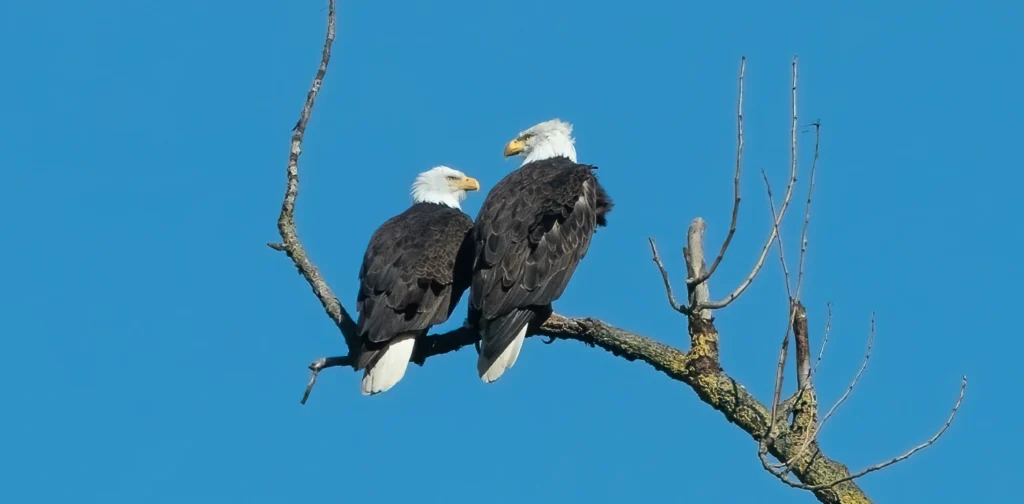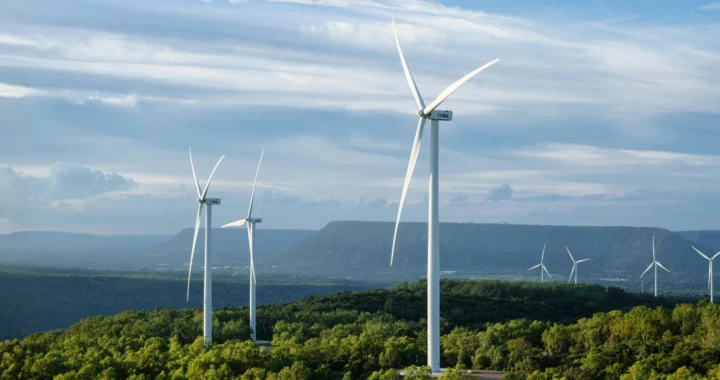Animating the Environment Through the Indigenous Language of Potawatomi

Photo: Richard Lee on Unsplash.
The modern world is gradually embracing the importance of environmental wellbeing beyond capital accumulation through disastrous means. Meanwhile, the Potawatomi language of one of the Indigenous Native American tribes, is already miles ahead. Its linguistic and philosophical approach that recognizes the sentience of nature. How are language and nature interconnected?
Connection Between Language and Nature
Language is a powerful instrument that shapes our perceptions of the world. Euphemisms, a common linguistic component, often describe a grave situation without making it sound too severe. In conversations about the environment, such verbal manipulation is used extensively as a political tool to reduce the perceived harm, sentimental appeal, and the prospect of people engaging in climate action.
The phrase “climate change”, for instance, was endorsed by Frank Luntz as an alternative to “global warming”. The slight alteration of nuance changes the public’s responses to the environmental crisis; the somewhat neutral and passive tone of “climate change” seems to diminish the gravity of our current situation.
Another example is how Michael Halliday, an ecolinguist, criticized the grammar of the English language that positions natural resources as if they were unlimited. The uncountable noun used in addressing oil, energy, and water gives people the false idea of infinite resources as we milk nature to its last drop. Thus, not only does language affect how people react to our rapidly changing world, it also plays a part in the exploitation of one.
Furthermore, research shows that an ecologically diverse area tends to be where Indigenous languages are spoken as well. Of approximately 6,900 languages currently existing on Earth, no less than 4,800 exist in regions with rich biodiversity.
The Potawatomi Language
The anthropocentric quality of English language lends to how humans abuse nature to fulfill our inexhaustible needs. In her book, “The Democracy of Species”, Robin Wall Kimmerer points out the lack of animacy in English. The botanist criticizes the English language’s reduction of nonhuman beings to an it. She wrote, “Where are our words for the simple existence of another living being?”
In the journey to reclaim her Indigenous roots, Kimmerer relearned the Potawatomi language. Potawatomi and most other Indigenous languages incorporate the grammar of animacy, which addresses each living being with full acknowledgement of their personhood. Potawatomi’s recognition of nature’s animacy extends beyond animals and plants. The Potawatomi also considers particular beings such as mountains, rocks, even water possessed with life by referring to them with the word yawe, or to be in English.
Moreover, according to the Potawatomi elders, natural objects cannot be followed by possessive markings. While it depends on the standard of each speaker, referring to a river as something humans can posses is generally considered blasphemous.
Beyond Language
When addressing language’s role in shaping our environmental perspective, Kimmerer hopes for a time when humans use inclusive words that embrace personhood for every being. Beyond words, though, imbuing personhood in all living things means giving them respect and consideration. This includes championing their rights and protecting the rights of Indigenous Peoples in their stewardship of nature. For example, the spirit of Potawatomi language largely manifests in the environmental activism by Citizen Potawatomi Nation members.
Ultimately, Potawatomi and other Indigenous languages imbued by ecological compassion can be a linguistic and philosophical source to learn from. Respecting the surrounding nature and directing them as subjects instead of objects, just like in Potawatomi’s teaching, might be a small yet significant step to preserving our planet, its people, and our rich cultural heritage.
Editor: Nazalea Kusuma

Join Green Network Asia Membership
If you find this content useful, support Green Network Asia’s movement to create positive impact for people and the planet through public education and multi-stakeholder advocacy on sustainability-related issues and sustainable development. Get exclusive benefits for your personal and professional development.
Become a Member Now

 Building Heat Resilience Amidst Rising Risk in the Asia-Pacific
Building Heat Resilience Amidst Rising Risk in the Asia-Pacific  Sounds Right and Recognizing Nature as an Artist for Biodiversity Conservation
Sounds Right and Recognizing Nature as an Artist for Biodiversity Conservation  Statewide Treaty Bill: Australia’s First Treaty with the Indigenous Australians Passed in Victoria
Statewide Treaty Bill: Australia’s First Treaty with the Indigenous Australians Passed in Victoria  Involving Coastal Communities in Tackling Ghost Nets Pollution
Involving Coastal Communities in Tackling Ghost Nets Pollution  An Interview with Jasmin Lim, Chief Marketing Officer at BH Global
An Interview with Jasmin Lim, Chief Marketing Officer at BH Global  The Monsoon Wind Power Project Supports Energy Transition Across Borders in Southeast Asia
The Monsoon Wind Power Project Supports Energy Transition Across Borders in Southeast Asia